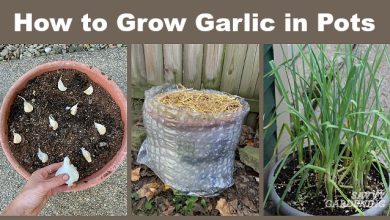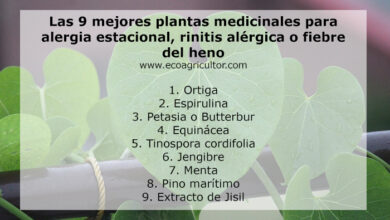Aptenia: [Cultivation, Irrigation, Care, Pests and Diseases]
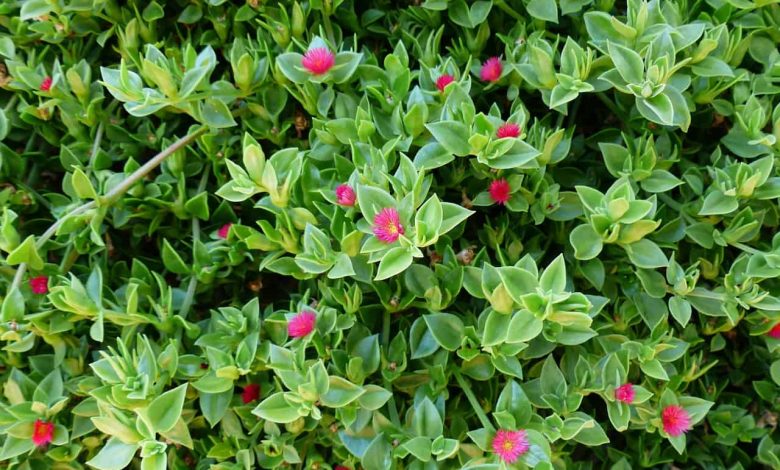
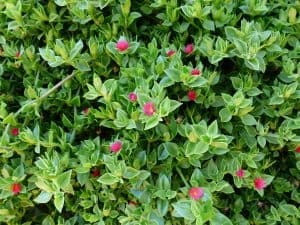 Native to the deserts of the east coast of South Africa, the Aptenia genus has been introduced to numerous countries around the world. This genus is made up of four species: Aptenia geniculiflora, Aptenia haeckeliana and Aptenia lancifolia.
Native to the deserts of the east coast of South Africa, the Aptenia genus has been introduced to numerous countries around the world. This genus is made up of four species: Aptenia geniculiflora, Aptenia haeckeliana and Aptenia lancifolia.
In the case of Aptenia cordifolia, its name comes from the Latin cordis, which means «heart» and folius, which means «foliage», which in short means heart foliage, referring to the heart-shaped shape of its leaves.
It is used as a culinary ingredient in salads or as a garnish in contemporary cuisine due to its powerful acidic flavor similar to that of spinach, as well as its fresh, juicy and crunchy texture.
It is generally used to cover floors and walls, as well as to prevent weeds from spreading. It is also a pollinating plant that attracts butterflies, bees and other insects.
Important points when sowing aptenia
- Scientific name: Aptenia cordifolia.
- Common name: Aptenia, dew, frost, cordifole, navel of the queen.
- Height: 15 centimeters.
- Light Need: Intermediate.
- Temperature: Warm and temperate climates.
- Irrigation: Scarce.
- Fertilizer: Organic fertilizer.
What characteristics does apthenia have?
Aptenias are green, perennial, fast-growing plants that store water in their structure. Its base is woody and it has slightly angled stems that can measure 30 to 60 centimeters in length. The leaves of the aptenia shine in the sunlight.
They are opposite, succulent, broadly oval to heart-shaped, and 1 to 3 centimeters long. It has solitary flowers that are born from the axillary sections of the stems or at their tips. The flowers, also called sun roses, have numerous pink or purple petals 3 to 5 mm long.
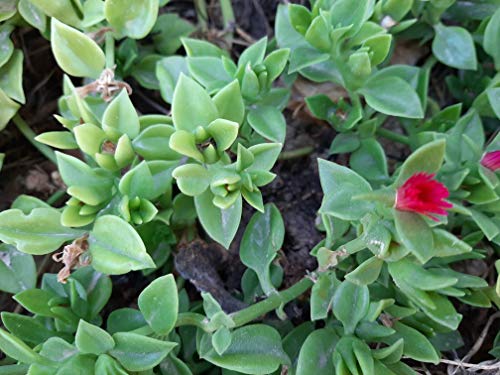
They bloom from spring, but their life extends during the summer and early fall. The fruit of the aptenia is a very small capsule with 4 compartments in which four flattened seeds are housed, one in each locule, dark in color.
When to sow aptenia?
Apthenia can be grown from seed in early to mid spring when the weather is warm and humid. When propagated by cutting, it can be grown throughout the year.
Where to plant aptenia?
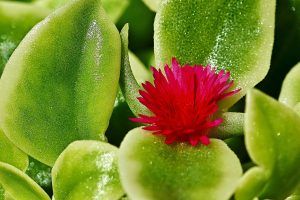 The aptenia establishes itself in dry and humid places, well drained, with a lot of sun exposure and partial shade. Although it can withstand 3 months of drought, it grows rapidly during the rainy season.
The aptenia establishes itself in dry and humid places, well drained, with a lot of sun exposure and partial shade. Although it can withstand 3 months of drought, it grows rapidly during the rainy season.
For its cultivation, sandy, acidic and slightly alkaline soils are recommended at warm and stable temperatures that do not fall below 4ºC, since it does not support frost.
They can be grown outside, either in hanging baskets or in the ground. If grown in temperate or cold areas, Aptenia should be moved to greenhouses or indoors.
How to prepare the land?
The optimal substrate for the cultivation of aptenia should be sandy and well drained. If the water stagnates, it is better to avoid planting it. In cases where you have reddish, light brown or gray soil, you will have to fix it by adding organic fertilizer, either compost, vermicompost, manure or peat.
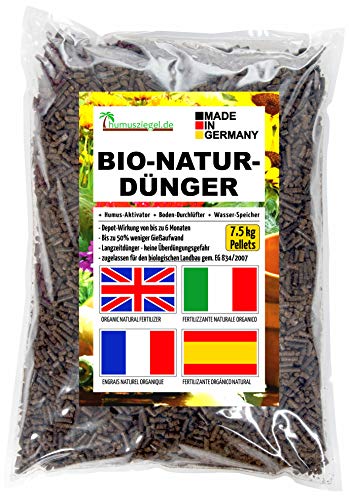
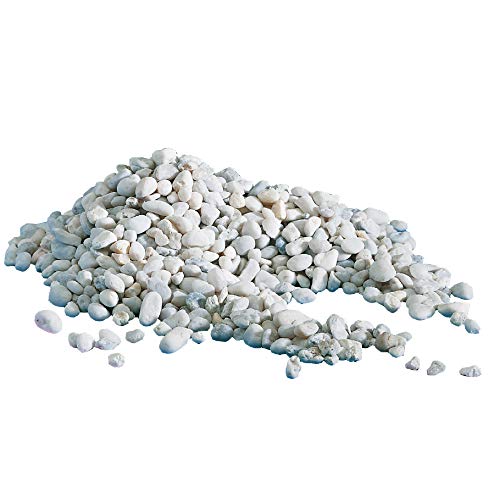
If you plan to grow the aptenia in a pot, it is necessary to create a layer of gravel or stones at the bottom to improve drainage, and mix equal parts of commercial substrate with sand.
How do we water the aptenia?
One quality of aptenia is that it resists drought well during the summer, but grows vigorously during the rainy season. To keep the plant in optimal condition, the soil should be dry to slightly moist.
It is recommended that the soil dry out before the next watering. This is necessary, since the constant humidity in the substrate, as well as the excess of water, can cause the rotting of the roots and the plant.
How often do we water the aptenia?
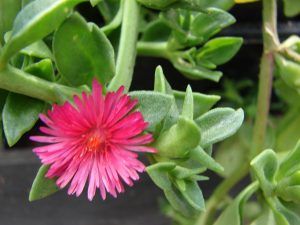 During the first and second year, the aptenia should be watered 1 or 2 times a week, except for the rainy months or those corresponding to winter. During these months, watering should be done every 15 days.
During the first and second year, the aptenia should be watered 1 or 2 times a week, except for the rainy months or those corresponding to winter. During these months, watering should be done every 15 days.
From the third year, irrigation should be reduced to 1 time per week, increasing to 3 times during the summer and reducing to 2 times per month during the winter or in case of drought.
How to sow an aptenia step by step?
The aptenia reproduces vegetatively, by cuttings, division of the bush with roots or by rooting in the nodes when they touch the substrate. The steps to grow by cutting and division are shared below.
Cutting
- Cut a small stem from the plant with leaves and make a perpendicular cut.
- Make a small hole in the substrate and insert the stem, cover firmly with more substrate or with small stones.
- Place the container in a bright place, moisten the area and protect it from drying out.
- When the seedling has an appropriate size, transplant it to the final place.
bush division
- Extract a section of the plant and divide it with the help of your hands or with a tool.
- Transplant the section to a container with sandy substrate 5 centimeters deep, in a lighted place, without direct exposure to the sun, and maintain moderate watering until the root system is reestablished.
- Transplant to the desired area.
What care does apthenia need?
Aptenia requires low maintenance, as their characteristics allow them to survive in extreme conditions. Care must be taken to plant it in well-drained soil and water it only when necessary.
Although not essential, it is possible to carry out a light slow-release fertilization 2 or 3 times a year, so that the aptenia remains in good condition.
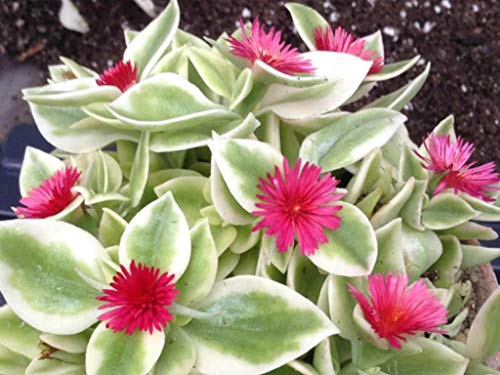
Aptenia is also considered an invasive species. Care must be taken with its propagation speed, since it competes with other species, preventing the growth of lower height.
What pests and diseases affect aptenia?
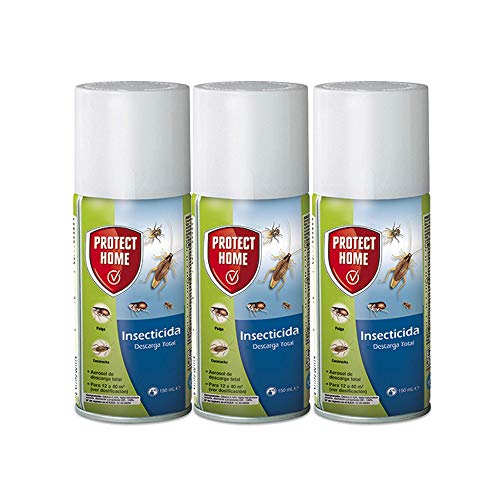
Aptenia generally does not suffer from pests or diseases. However, it can be affected by snails, aphids or mealybugs. On the other hand, excess moisture in the soil can lead to chlorosis, poor growth, or root rot and plant death.
References
- https://en.wikipedia.org/wiki/Aptenia_cordifolia
- https://edis.ifas.ufl.edu/pdffiles/FP/FP04700.pdf
- http://www.conabio.gob.mx/malezasdemexico/aizoaceae/aptenia-cordifolia/fichas/ficha.htm
- http://www.floramontiberica.org/Bouteloua/MonogBouteloua_07_Aizoaceae.pdf
- https://inta.gob.ar/sites/default/files/script-tmp-inta-_apuntes__tcnicos__vivero__familiar.pdf
- http://pza.sanbi.org/aptenia-cordifolia
- https://naturalezatropical.com/aptenia-cordifolia-rocio/
- https://www.mercanatura.com/cultivo-de-aptenia/
- https://www.dayliliesinaustralia.com.au/baby-sun-rose-plant-care/

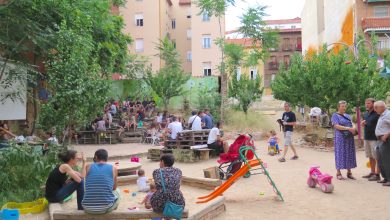
![Photo of Tomato Mosaic Virus: [Characteristics, Detection, Effects and Treatment]](https://www.complete-gardening.com/wp-content/uploads/2022/08/tomato-mosaic-virus-characteristics-detection-effects-and-treatment-268x220.jpg)
